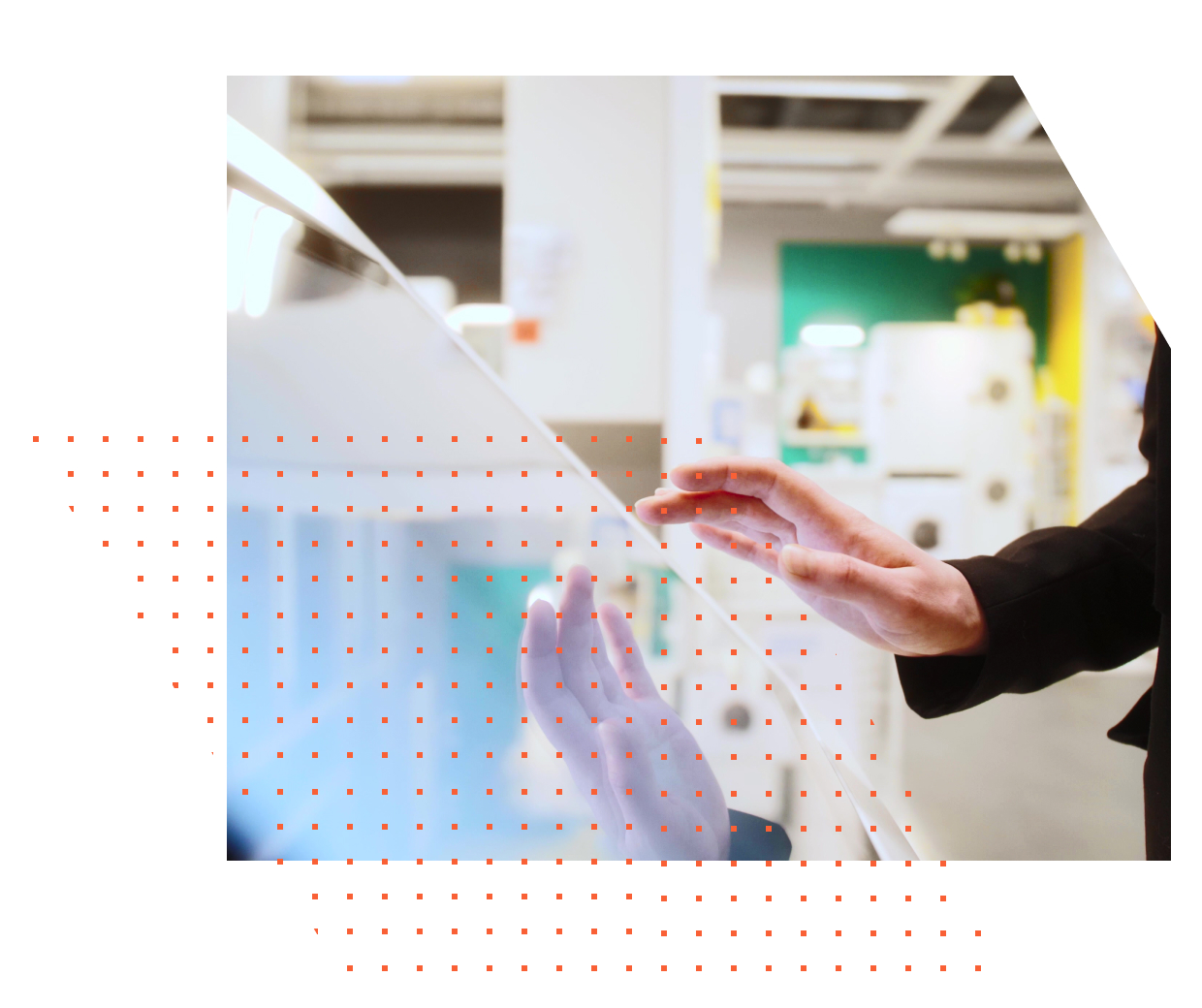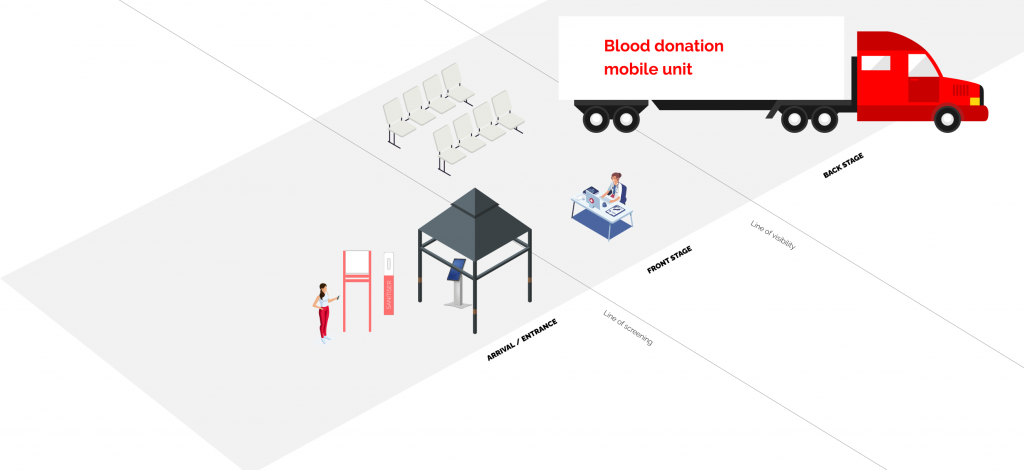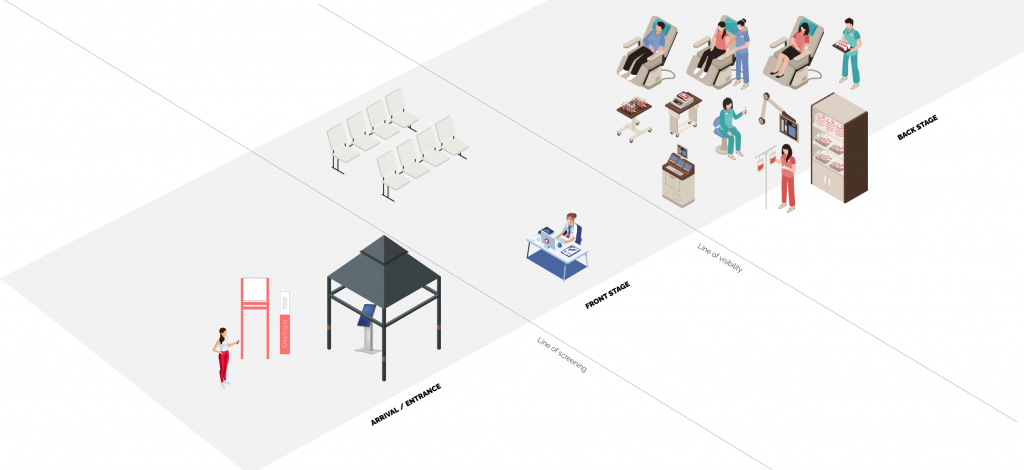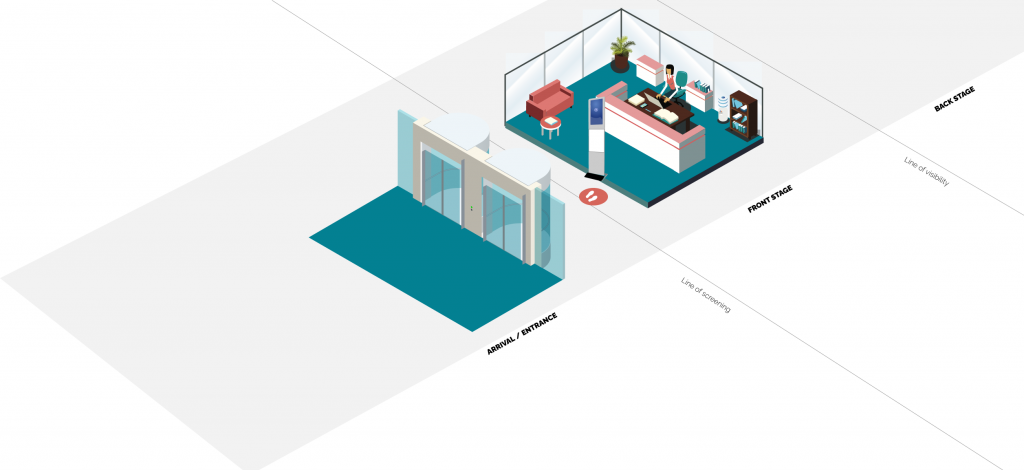

At a glance
DiUS was engaged by the Business Growth and Innovation team at Lifeblood to help discover, test and recommend ways in which to improve the blood donation experience during the coronavirus pandemic. The priority for Lifeblood was establishing a safe environment for both its staff and donors while identifying and utilising the right IoT technology, which had to work seamlessly and securely for each donor. DiUS blended physical experiences with digital technology to deliver a streamlined solution that 98% of donors felt safe using.
Our services:
Meet Lifeblood
Australian Red Cross Lifeblood is committed to providing life-giving essence to support the everyday wellbeing of all Australians. Along with blood and organ donations, this also includes clinical excellence and education as well as investment in research and development.
Every week, Lifeblood collects 31,000 blood donations, which equates to 1.5 million per year. This is made possible by half a million blood donors, around 3,500 employees, 100 blood collection facilities and four major processing centres around Australia.
The challenge
Ensuring the safety and well-being of blood donors during COVID-19
As a result of the coronavirus pandemic, Lifeblood needed to ensure members of staff and the public remained safe while visiting its donor centres. Necessary measures such as temperature checks and screening questions upon entry required additional staffing and could result in density limit issues. Also, staff were experiencing repetitive strain injuries from performing temperature checks as it meant staying a safe distance while leaning over the counter.
In order to overcome these obstacles, Lifeblood wanted to explore if commercially available technology could be leveraged to create a seamless, efficient experience that was economical to implement and integrate. Not only would this safeguard the health and well-being of staff and donors, it also had the potential to improve the donation experience at scale.
What we did
Understanding and validating a hypothesis
Adopting a lean and collaborative approach towards the user experience (UX) process, DiUS needed to find out whether Lifeblood’s following hypothesis around unmoderated donor screening was correct:
“We believe that introducing an automated process to check donor temperature and ask screening questions upon arrival at the donor centre will be more efficient, improve safety and promote donor centres as a ‘Place of Wellness’.”
There were two options that DiUS needed to consider for donor self screening, which were based on different types of technology and would ultimately provide different donor experiences:
- The two-part process – combining separate solutions for health declaration questionnaires and temperature checking. The health questions could also utilise the donor’s own device (BYOD).
- The all-in-one process – a standalone, integrated unit that supports self service by providing both screening questions and vitals monitoring in the one unit.
In addition to assessing these options from the human-centered design lenses of desirability, feasibility and viability, DiUS also needed to balance the perspectives of multiple stakeholders and clinicians. This would enable Lifeblood to make the most informed technology choice possible for a real-world trial and better understand how strategic innovation could be embedded within the organisation.
The process began with understanding the current experience for donors across multiple touchpoints in both physical and digital contexts, from their initial booking right through to the actual donation. From there, DiUS could go about designing solutions for the two proposed technologies and testing in-situ to gather feedback at a small scale, all while aligning with Lifeblood around its needs and goals.






DiUS also needed to consider the different environments where temperature checks and screening questionnaires would be required, which included donor centres, pop up facilities, donor mobile units (DMUs) and the Lifeblood head office. Through site visits and reviewing existing data, understanding the donor’s current experience provided the work with the human story to build upon. By mapping out the physical contexts, which made allowances for things like floor layouts and traffic flow patterns, DiUS had a better idea of how the experience and technology solution would work.
On the tech side of things, DiUS looked into the pros and cons of both processes based on a range of factors including ease and speed of implementation, required support and maintenance, market availability, security, user experience and cost. This meant investigating the market’s current solutions and performing a detailed technical analysis of each. DiUS then facilitated the vendor selection process and conducted due diligence including technical bench testing to verify system capabilities and security.
A trial of the chosen solution allowed Lifeblood to understand the process, overcome logistical challenges, assess the effectiveness of the technology and see whether the experience for donors and staff had been improved.
DiUS provided Lifeblood with a detailed plan on how to carry out an initial trial at one of Lifeblood’s donor centres, which not only considered the logistics of implementing the chosen technology but also the process donors and staff would need to go through based on the results of the self-service screening.
Each week of the trial was dedicated to a different desired outcome, which was supported with success criteria for the technology, donor experience and staff experience. Additional themes included perceived safety and the efficiency of the screening process.
With the help of DiUS we were able to test and validate new digital solutions that provide our donors with better experiences. Thanks to their expertise in both service design and technology implementation, the DiUS team has enabled Lifeblood to innovate with confidence.
– Alex Young, Head of Innovation, Business Growth & Innovation, Australian Red Cross Lifeblood
Results for Lifeblood
Implement, test and learn
The introduction of the chosen technology at Lifeblood’s trial donor centre was shown to have an extremely positive impact:
- 98% of donors had no concerns with using a device like this again.
- 98% of donors felt safe using the device thanks to limited close contact with staff.
- 93% of staff were satisfied with the introduction of the devices.
- The efficiency of the process was rated 96% by donors and 93% by staff.
Thanks to a human-centered approach, DiUS demonstrated how Lifeblood could implement an innovative yet usable technology for its donors that ensured their safety and enabled a positive experience.
DiUS puts customers at the heart of everything. Our partnership was built on professionalism, technical knowhow and a collaborative approach that delivered valuable outcomes for Lifeblood.
– David Pearce, Director of Business Design and Innovation, Australian Red Cross Lifeblood

